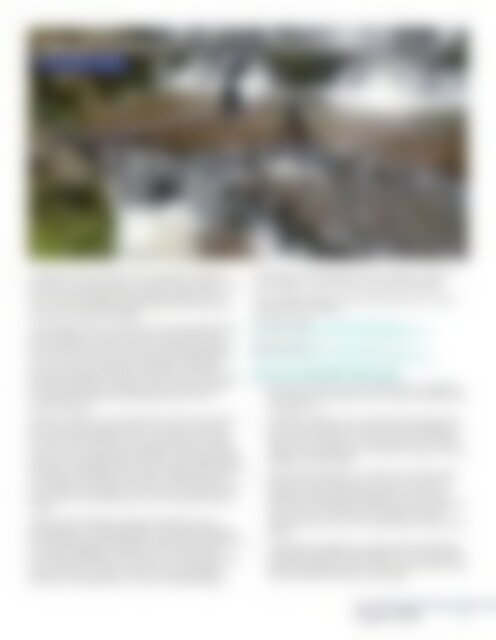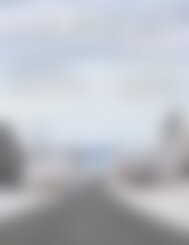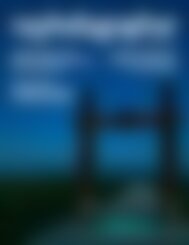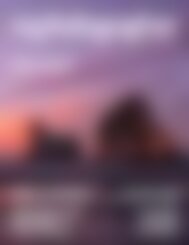NZPhotographer Issue 34, August 2020
As of December 2022, NZPhotographer magazine is only available when you purchase an annual or monthly subscription via the NZP website. Find out more: www.nzphotographer.nz
As of December 2022, NZPhotographer magazine is only available when you purchase an annual or monthly subscription via the NZP website. Find out more: www.nzphotographer.nz
You also want an ePaper? Increase the reach of your titles
YUMPU automatically turns print PDFs into web optimized ePapers that Google loves.
TIME-LAPSE IN PROGRESS<br />
F8, 1/160s, ISO100<br />
camera do all the work. This is sometimes the best<br />
part for me, knowing that I can chill out and be in the<br />
moment but still have those 300ish images to show<br />
to you with the 3000 images equating to about 6-10<br />
seconds of finished footage.<br />
A time-lapse taken during the day will generally take<br />
around 30min to capture, give or take some extra<br />
time with setting up, but an astro time-lapse extends<br />
out to 2 hours or even the whole night, depending<br />
on what you are wanting to capture. An interval<br />
between images of around 3 seconds is long enough<br />
for time-lapses taken during the day whilst for astro,<br />
an interval of 20 seconds between each shot is<br />
recommended.<br />
Last but not least, is the enjoyment I get from putting<br />
the time-lapse together when I’m home, selecting<br />
the music, and marring up the sequences to create<br />
a visual and audio story for people to feast their eyes<br />
upon. It’s a complicated and time consuming process<br />
(another challenge!) with one time-lapse video taking<br />
me weeks to complete as I seek to understand the<br />
song, identify the key parts of the song, and place the<br />
sequences in the right place to have people saying<br />
‘wow’.<br />
I think of time-lapse as being an extension of my<br />
photography – Having the skills and understanding of<br />
what time-lapses photography creates has enhanced<br />
my still photographs. It allows me to sit and wait to<br />
see where everything is moving to, from the tides, the<br />
clouds, the stars, and as well as watching streams<br />
and how the water flows. It is such a good thing to<br />
understand all the elements that create a scene in<br />
your image, or in this case, your short time-lapse.<br />
I encourage people to give time-lapse a go, to get<br />
inspired see my 2 films!<br />
Oh Starry Night www.facebook.com/<br />
ESB23Photography/videos/1245874788845031<br />
Earth Whispers II www.facebook.com/<br />
ESB23Photography/videos/1527794640722566<br />
TIPS FOR YOUR FIRST TIME-LAPSE<br />
• Plan your location – Plan where the sun is going to<br />
be and show up early so you can be on-site to set<br />
your gear up.<br />
• A tripod is needed, you will need this to get every<br />
frame the same and is the key to getting perfect<br />
shots with no shake. If it is windy put your camera<br />
bag on the middle leg of the tripod to give it some<br />
weight to hold it down.<br />
• Turn off your auto focus, and focus with live view<br />
instead. This will allow you to focus on what you<br />
think should be the right element in the frame<br />
rather than letting the camera take over. Leaving<br />
auto focus on can lead to lost shots whilst the<br />
camera tried to focus on something moving in the<br />
frame.<br />
• I would encourage you to get used to time-lapse<br />
captured during the day before you start with the<br />
astro time lapses as that’s when it gets a little more<br />
complicated and time-consuming!<br />
<strong>August</strong> <strong>2020</strong> 9


















